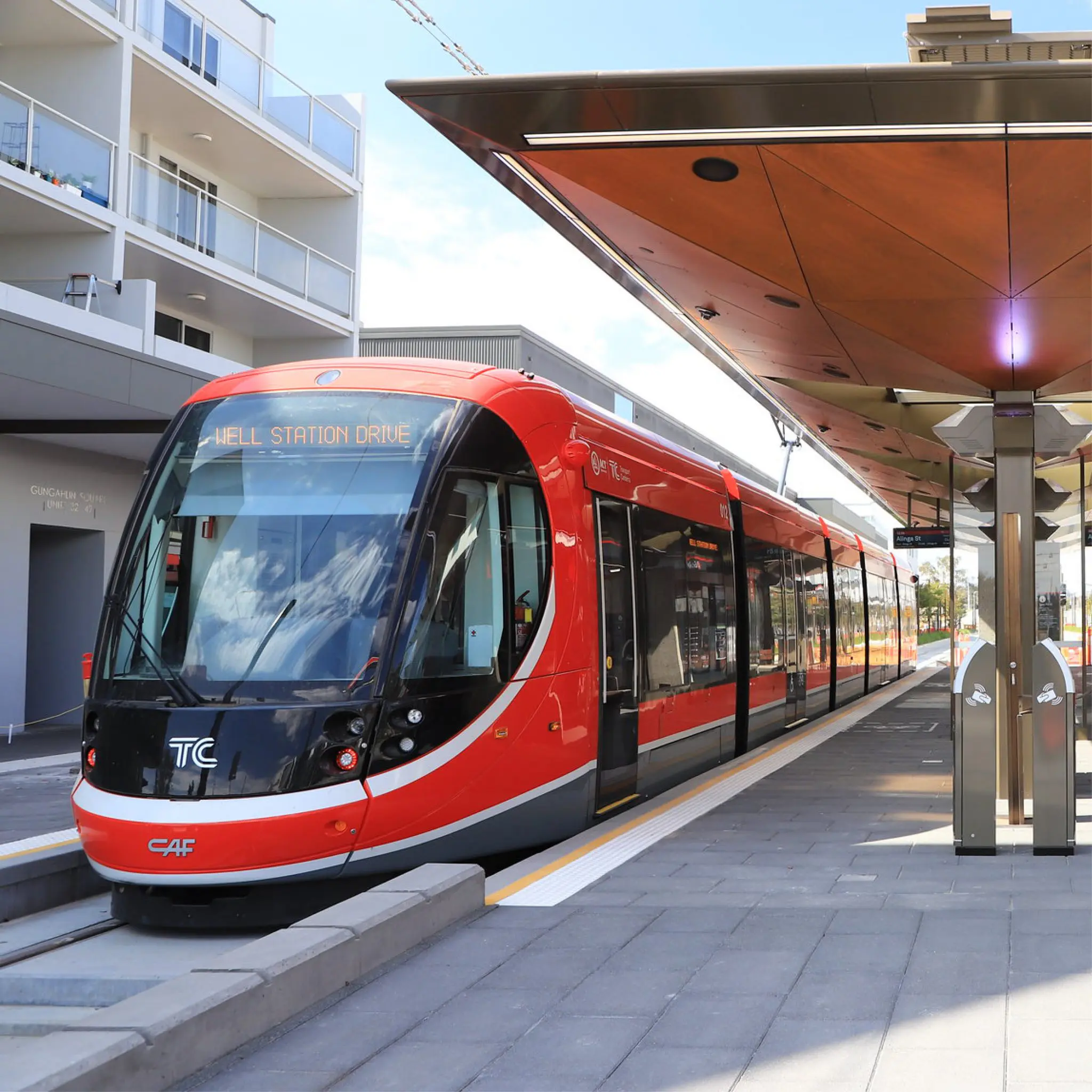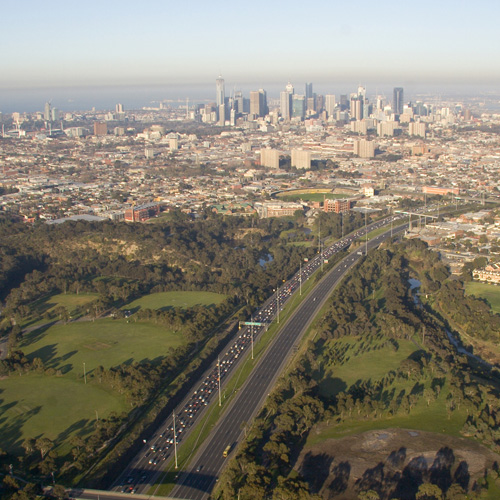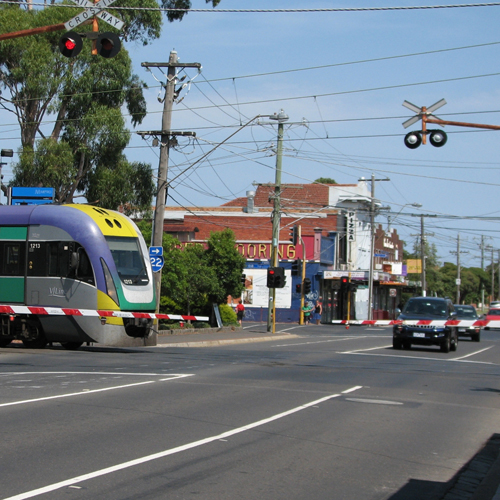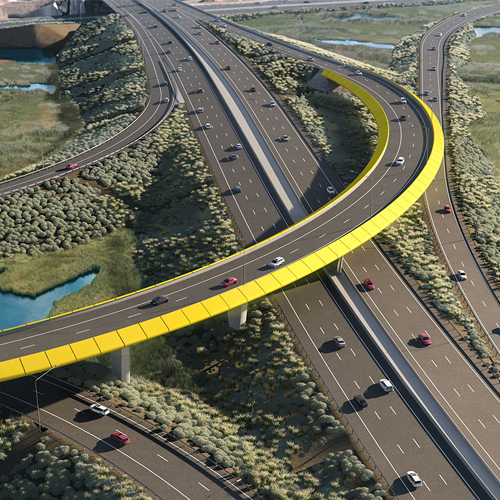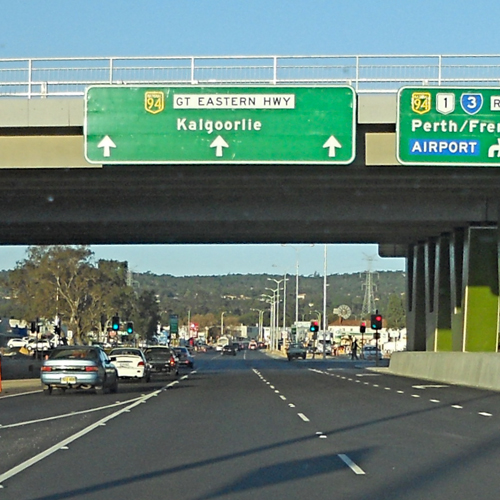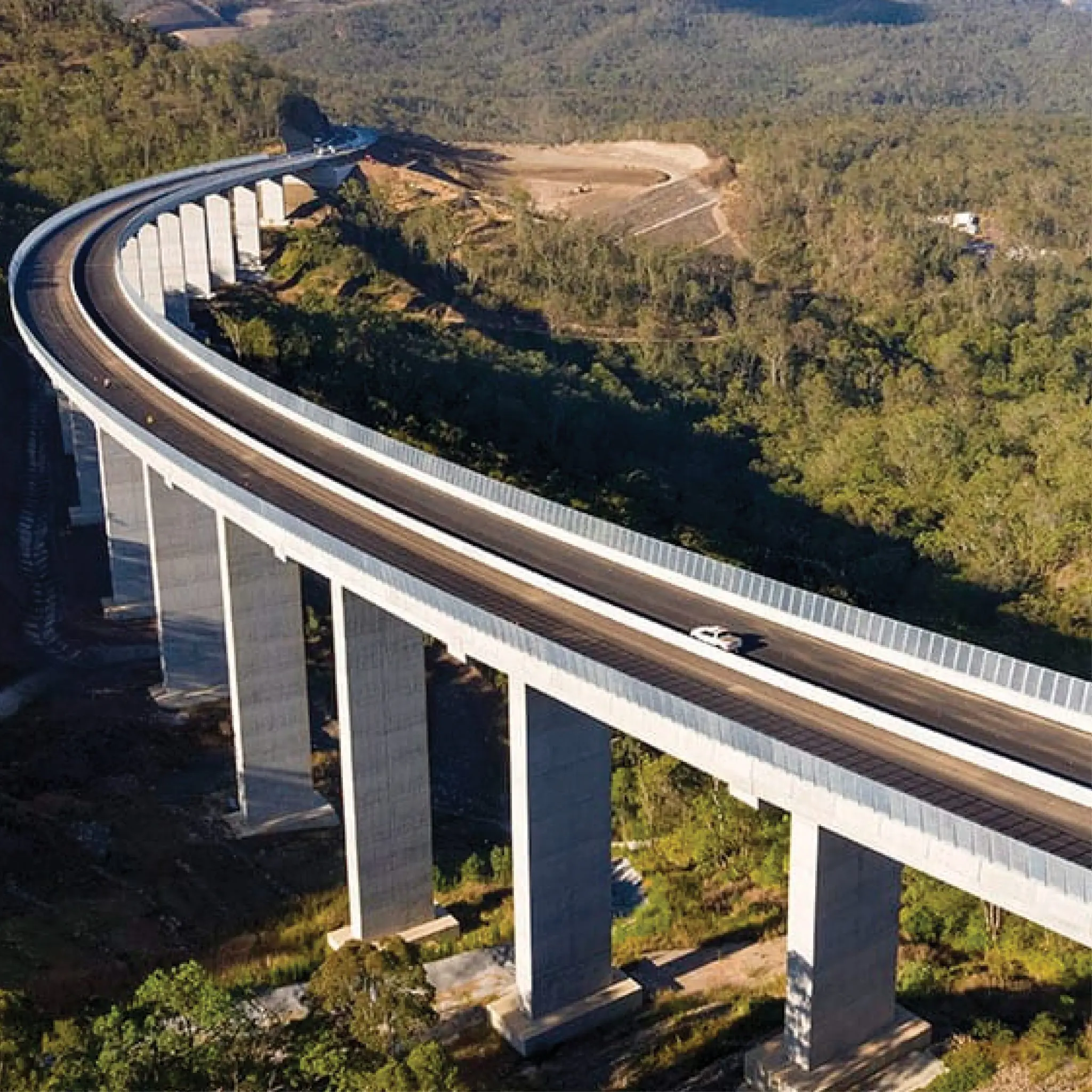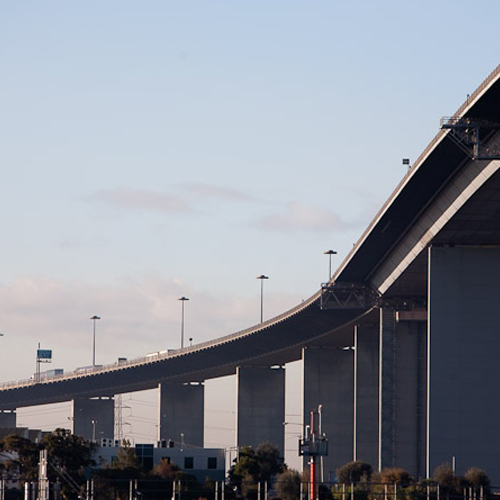
Transport economics
Key team members
Australia’s transport system delivers a wide range of social and economic benefits. Maximising the contribution of the transport system requires an understanding of both strategic objectives and technical details, especially regarding the myriad benefits and costs that arise from investments and other initiatives.
Cost benefit analysis (CBA) is a tool to methodically compare future benefits and costs to society from a transport project or policy. The main questions we seek to understand with CBA are:
- Do the benefits of different transport initiatives exceed their costs?
- How are benefits distributed across time and the community?
A project’s future benefits can be compared to its costs to calculate conventional economic performance measures, such as a benefit cost ratio and net present value. Our team is experienced in identifying transport benefits and costs associated with projects and policies. We work with and contribute to national and state CBA guidelines, and have provided third-party reviews of business cases and economic appraisal reports.
We have worked with a wide range of transport and land-use models to produce compliant yet innovative CBAs. In addition to standard travel time benefits and vehicle operating cost savings, VLC has developed and applied approaches to estimating benefits from travel-time-reliability improvements, increased social inclusion, and improved network resilience.
We have developed an economics feature for our in-house Zenith models to directly estimate benefits from transport modelling runs to streamline the modelling-CBA process. This integrated approach has been applied to various stages of the M1 Motorway upgrades in Southeast Queensland. Conversely, the economics feature allows us to work seamlessly with third-party economics advisers, for example on major infrastructure projects, including Canberra Light Rail, West Gate Tunnel, and the Melbourne Metro.


